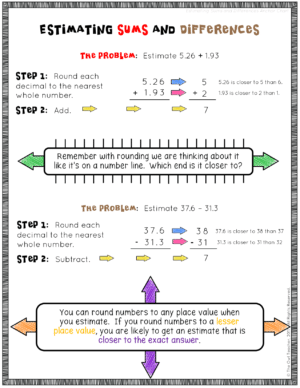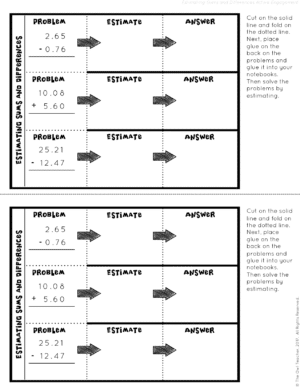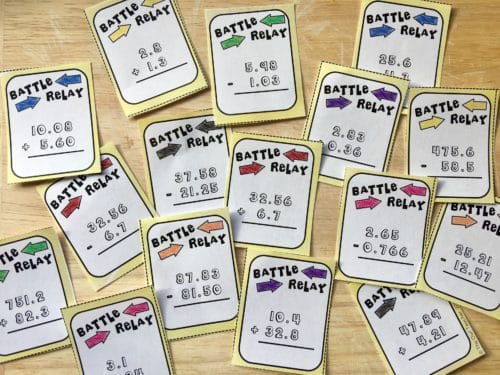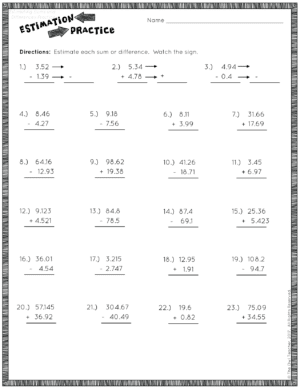I Do We Do You Do Reading Lesson Plan for First Graders
A while back I wrote a blog post titled, I do, We do, You do that was quite a hit. But, it also left people with some questions. Over the last year or then, I have received many emails request for an example of what information technology would look like in the classroom setting or if I had any sample lesson plans to demonstrate this. After answering many emails, I started wondering if there were many others out there that wanted to know that too. I idea I would provide examples of "I practise, we do, you exercise" today in this post. Throughout this mail, I will demonstrate this through both lesson plans and in the classroom then at the end provide you with a FREEBIE to assistance you!

Reviewing I Do, We Do, Y'all Practice
The "I practice" portion of a lesson involves the teacher just modeling the lesson, and students are just watching. This is the office where the teacher is modeling a recollect aloud. In case you aren't familiar, a think-aloud is where the teacher is speaking out loud before the class what she would recall if she were in the shoes of the student trying to solve the problem.
The "we do" portion is where students are trying to practice it themselves and you are assisting them. This tin besides be done differently where you give them a minute to try it themselves and you check it together immediately later. Some other possibility is to let students to work in partners on a trouble so checking it. The signal of the "nosotros do" portion is to have "assistance" in some manner and immediate feedback.
The "y'all exercise" portion is where students are completely independent on completing the assignment or task. Information technology can be in the form of an assessment, or it can be just regular classwork. They are typically merely practicing the skill of mastery.
Examples of I Do, We Do, You Do in action
I want to demonstrate each of these parts using my math workshop lesson plans, though it is not limited to math. It tin can exist done in any content expanse. This lesson is on estimating sums and differences in decimals. I have my students gathered around the easel. They have their math notebooks in their laps and they are sitting listening to me as I model before them on nautical chart paper the "I practice" portion.
Examples of "I do"
Boys and girls, you have heard the term estimate many times before. We estimate when nosotros don't demand an verbal answer or when we want to check our respond to brand certain that it is reasonable. Ane way that we can gauge is to employ rounding. Let's take for example, five and xx-six hundredths plus one and xc-three hundredths. (I'grand writing these bug on my chart newspaper equally I'm modeling my call back aloud.) If I'm going to estimate the sum, I'g going to circular each decimal to the nearest whole number and then add together. I know that five and twenty-6 hundredths is closer to five than to half dozen. So I'm going to round it to 5. When I look at one and xc-three hundredths, I know that information technology is much closer to two than ane, so I'yard going to round it to two. At present I'chiliad going to add together 5 plus two and get 7. So, v and twenty-six hundredths plus one and ninety-three hundredths is most seven. I would practice this same exact affair for subtracting. (I would continue modeling with more than examples so students empathize how to guess the sums and differences of decimals. I would have this chart below in my lap and re-create information technology every bit I model.)

Some students may need to meet you model multiple examples before they are ready to endeavor it on their ain. This is perfectly normal. However, do try to nudge students into the "nosotros do" phase where you tin can take them try it out WITH you. What I hateful by this is, you lot can do a stride, and so they try that step on their paper. Then, y'all show the next step and they try the same next step on their paper, and then on.
Examples of "We do"
After I modeled the "I exercise" portion of the lesson, I then provide students with examples themselves to endeavor out. As they are working on the problems themselves, I remind them of my call up aloud, things I did, and to reference our anchor chart (the one I fabricated in the "I do" portion). I also circulate to assist students who need actress help and take note of any students who are really struggling or are having some misunderstandings. By circulating, I know which students I demand to pull into small groups.
At present boys and girls, I want you to give information technology a endeavour. I take a few problems here that I want y'all to estimate the sum and deviation of. (I provide students with the sheet below and broadcast as students piece of work through the bug. I take notation of whatsoever students who are in demand of extra assist. Then after a infinitesimal or two, I have students share with a partner what they did to solve the trouble and what respond they arrived at. Then, I model finding the answer.)

After I requite students a few minutes to try it out on their own (or with a partner in some cases), I ever immediately model over again with a think-aloud how to find the answer. This gives the students a chance to run into it modeled once more and validates if they did it right. Some students may need continued guided practice (or "we exercise"). Non all students immediately movement into the "You practise" phase. They may demand to work with you in small groups for a while until they really commencement to grasp the concepts, and/or practise with a partner.
Examples of "You exercise"
After I have modeled for students and so provided them with an opportunity to try it out on their own with some guidance (we practice), I then give them the opportunity to do it independently, or the "yous exercise" portion. Students shouldn't motility on to the "you lot practise" portion without understanding the underlying concepts. If they move to this phase earlier they understand fully, they could begin practicing errors and eventually "larn" the wrong mode. Those mistakes are difficult to reverse. Once yous know, "Okay, they have really got this down!" you can move them into this phase. Information technology may non always be the aforementioned day.
Continuing with my example above…
Today, yous are going to pair upward with a partner and exercise estimating sums and differences of decimals only like nosotros did during this mini-lesson. You are going to play a game called Battle Relay. In this game you lot will accept turns flipping over cards and solving the problem by estimating. If your approximate is right, you volition expect on the boxing relay lath for the reply in the grid. If it is there you will circumvolve information technology. Each player volition do this until you accept four numbers in a row circled. When yous finish playing the game, you will and then complete the Interpretation Practise independently. Are there whatsoever questions? Alright, permit's get started.
Here y'all can run across that my students are working with a partner and then working independently. I did this intentionally. I'chiliad first putting in one more "nosotros exercise" phase because I want them to work with a partner. Together with the partner, they will help each other practice the skill we are practicing. In this instance, it is the game, Battle Relay. Partner games are perfect for "we exercise" activities.

Adjacent, after they complete the game, they volition work independently on a practice sail. This is where the "You lot do" piece comes in. Now they are working by themselves demonstrating their ain personal understanding of the concept they were taught, such every bit the sheet in this lesson (meet below).

Independent activities do non always have to exist worksheets. They can be a diversity of activities. Yous can read my weblog mail of preventing the overload of worksheets for ideas, or my post on A to Z ideas for Assessments.
I hope these examples of "I do, we practise, you practice" helped a piddling. Again, it is not limited to merely one bailiwick. Definitely feel gratis to send me your questions. I am always glad to help.
As promised all the examples in this postal service are for you to download FREE , including the lesson using the examples of "I do, nosotros do, you do." Click hither to download it. This freebie comes from my 5th Grade Math Workshop Calculation and Subtracting Decimals Unit. You tin notice that here if interested.
Want more valuable teaching tips and other ah-mazing perks, such as discounts, giveaways, flash freebies, dollar deals, and and so much more than? Become a VIP fellow member past joining my email list! Click here to subscribe.

Source: https://theowlteacher.com/examples-of-i-do-you-do-we-do/
0 Response to "I Do We Do You Do Reading Lesson Plan for First Graders"
Post a Comment